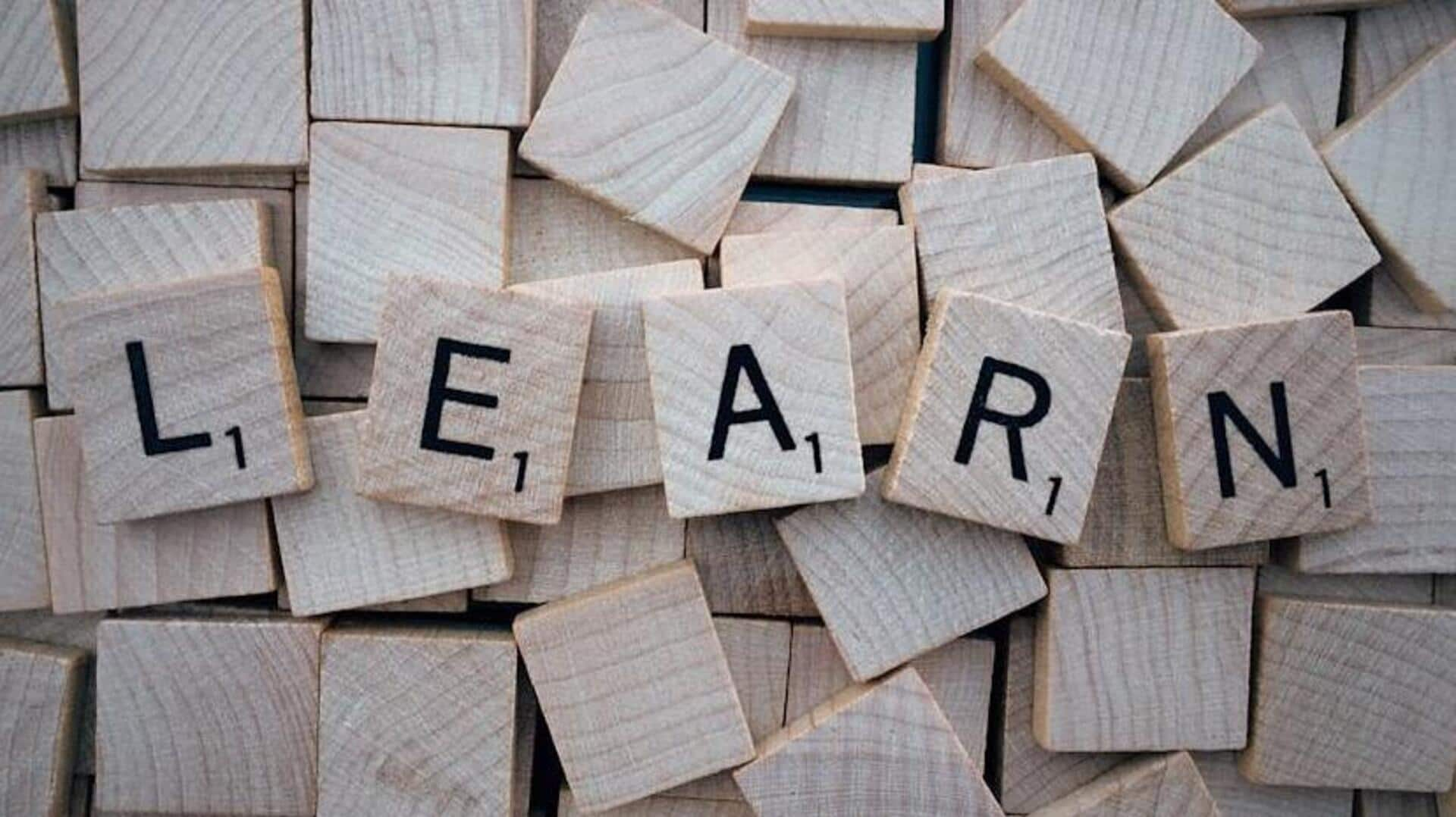
How to boost learning with physical activity
What's the story
Incorporating physical activities into learning can significantly boost cognitive function and academic performance. Engaging in movement-based tasks not only helps in retaining information but also enhances focus and concentration. This approach is beneficial for learners of all ages, providing a dynamic way to absorb knowledge while staying physically active. Here are five effective methods to integrate physical activities into the learning process.
Movement breaks
Active learning with movement breaks
Integrating short movement breaks during study sessions can enhance attention span and memory retention. These breaks include simple exercises like stretching or walking, which refreshes the mind and body. Research states that taking a five-minute break every hour can boost productivity by up to 20%. By including these intervals, learners can stay more focused during their study periods.
Outdoor sessions
Outdoor learning sessions
Conducting learning sessions outdoors gives a refreshing change of environment that stimulates the brain differently than indoors. Natural surroundings have been proven to reduce stress levels and boost mood, which positively affects learning capabilities. Activities like nature walks or outdoor experiments fuel curiosity and engagement. These make complex subjects more relatable and easier to grasp.
Sports integration
Incorporating sports into curriculum
Including sports as a part of the educational curriculum encourages teamwork, discipline, and strategic thinking in students. Physical education classes focusing on various sports hone motor skills while imparting important life lessons like perseverance and leadership. Studies indicate that students who regularly indulge in sports activities perform better academically due to enhanced mental health and social skills.
Dance techniques
Dance-based learning techniques
Dance-based learning techniques combine rhythm with educational content, aiding memory retention through kinesthetic engagement. This method is particularly effective for subjects like mathematics or language arts where patterns play a crucial role. By associating movements with concepts, learners can recall information more efficiently while enjoying an interactive form of education.
Interactive games
Interactive games for cognitive development
Interactive games for cognitive development serve as a fun way to learn new concepts while remaining active. These games usually include problem-solving tasks that require quick thinking and coordination between mind and body. They come particularly handy in developing critical thinking skills among young learners by giving them challenges that exercise mental agility and physical dexterity, both at once.